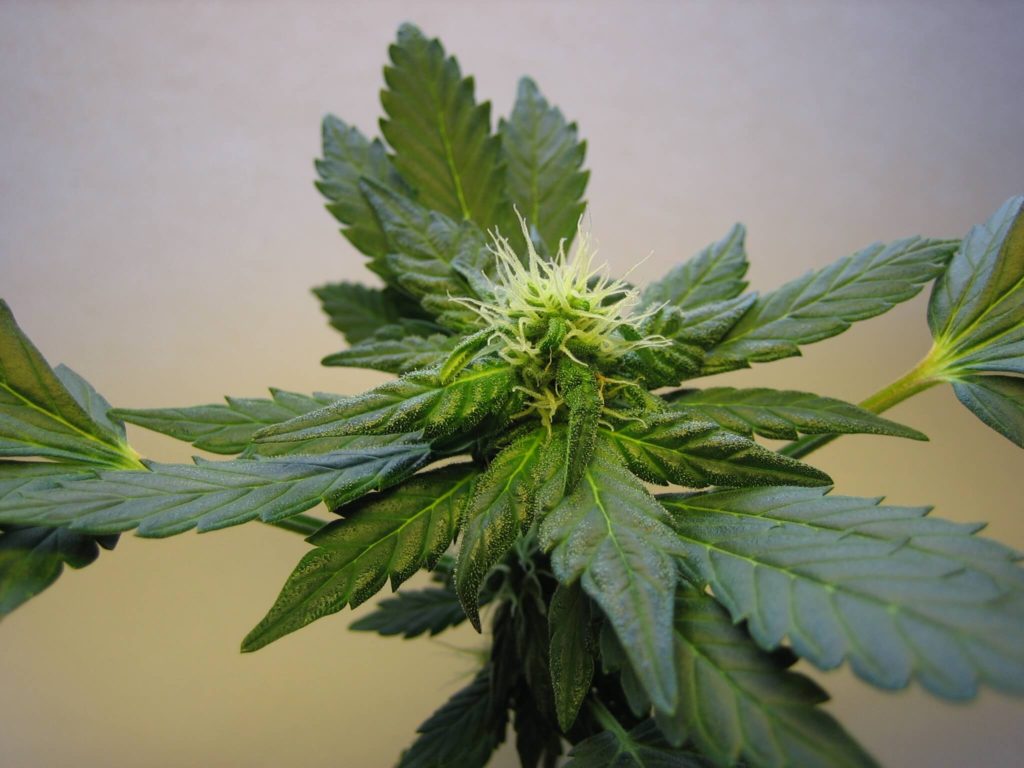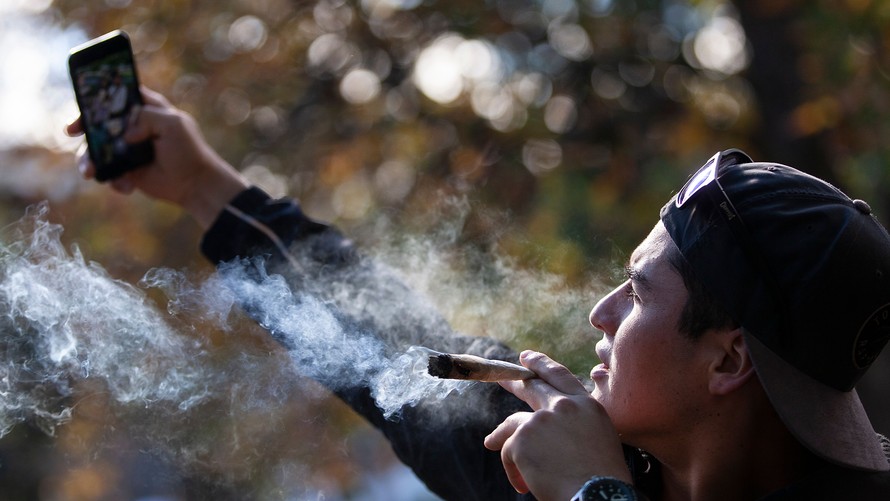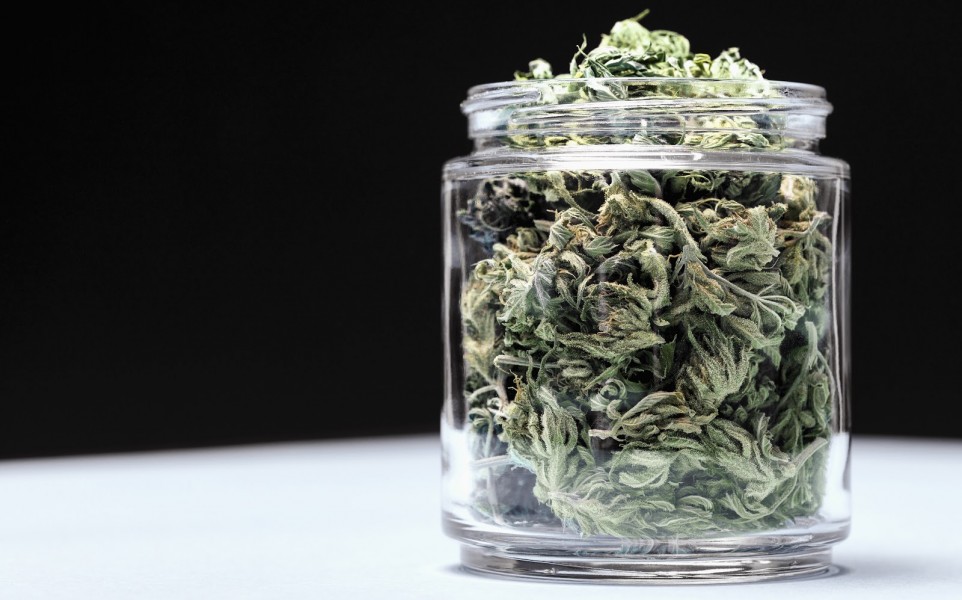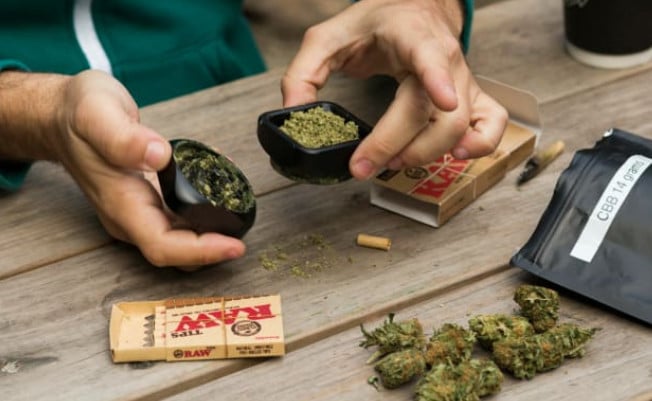Idahoans are warned of the invasion of noxious weeds. Roger Batt, Statewide Coordinator for the Idaho Weed Awareness Campaign, stated in a recent press release “… the state’s generally mild winter coupled with warming temperatures means conditions are prime for an early and aggressive emergence of Idaho’s different species of invasive and damaging noxious weeds plus new prohibited genera.”
“We are already getting reports that various species of noxious weeds are starting to pop up through the ground. That means now is the perfect time for landowners and residents to take action to prevent noxious weeds from getting a head start on our native vegetation leaving us to try to catch up later in the year … Despite our best efforts it is now estimated that more than 8 million acres of the state are plagued by noxious weeds,” noted Batt.
Aaron Hull, Franklin County, Weed and Abatement Supervisor, concurs with the warning. “Most residents of Franklin County are concerned with noxious weeds but sometimes the landowner is either unaware of what noxious weeds are on their property or the best timing or control method to control the noxious weed,” Hull stated.
“Some of the noxious weeds plaguing Franklin County are Dyer’s Woad, Poison Hemlock, Canada Scotch Thistle, Hounds Tongue, Leafy Spurge, Field Bindweed, Spotted and Russian Knapweed and Hoary Cress,” said Hull.
These are non-native invasive plants that threaten local agricultural crops and animals. They include grasses, shrubs, trees, flowering plants and aquatic plants around lakes and rivers.
With 67 weeds identified on the State of Idaho Weed List, there are very few areas of Franklin County that are free of noxious weeds. The Idaho State Department of Agriculture (ISDA) oversees a statewide noxious weed control and management program to protect the state’s natural resources caused by invasive plants.
“The State of Idaho has a Noxious Weed Law. … it states it is the landowners’ responsibility to control and stop the spread of noxious weeds on their property. Each county in the state has a Noxious Weed Department. County weed departments are to help educate the public about noxious weeds and if noxious weeds are not controlled on private property, the county, according to the state weed law, may control noxious weeds on private property at the cost of the landowner,” said Hull.
Some funding from the State of Idaho helps Hull to work with landowners to control noxious weeds, he said.
With landowners as the first line of defense against noxious weeds it is imperative they know which weeds on that list are on their land.
Carriers of the noxious weeds are wind, wildlife, water, and often pet or human activities. Seeds get caught in the soles of shoes and boots, stuck on clothing or attached to vehicles and recreational tires. Pets carry seeds lodged in their coats and paws.
Noxious weeds can also propagate by a fragment breaking off and taking root when a weed is disposed of improperly.
Protecting grazing animals from toxic weeds in their primary feeding areas is important. Open sunlight and fields and grazing pastures with disturbed soils are often more susceptible.
Some noxious weeds contain toxins that can be harmful on contact or ingested.
To assist landowners, identification and detailed information on how to treat noxious weeds can be found on the Idaho Weed Awareness website at www.idahoweedawareness.com. Landowners may also call the Franklin County Office, 208-852-0563, for a free booklet with color photos depicting Idaho’s noxious weeds in various stages of growth.
Credit: prestoncitizen.com













